How to Make Safe DIY Baseboard Heater Covers Out of Wood

Today, we're making DIY baseboard heater covers. We have a house that's over 100 years old. It has baseboard hydronic heating, which means ugly metal covers that are often dented, rusty, and falling apart.
I'd checked into purchasing replacement covers and they aren't cheap. Especially if you have one in every room in the house and we have 14!
We've been working on one room at a time and when we painted the living room, we painted the metal baseboard heater covers because they were in ok condition, and that worked fine.
But when we got to the bathroom renovation, those covers were rusty due to the moisture in the room. So we decided on wood covers after verifying it was safe for hydronic heaters.
The little metal fins on hydronic heaters just don't get hot enough to start a fire even if your curtains or sofa touch them. Even Bob Vila said it was ok!
Please note: this DIY design is only intended for hydronic (oil or water) heaters and NOT electric heaters.
Hometalk Recommends!
1. Disassemble the cover
It's a relief to rip the ugly covers off and dispose of them. You're going to leave the metal backing (or replace it) behind the tin fins for proper heat conduction.
Tip: this is a good time to vacuum the dust bunnies  out of the tin fins. The air will warm more efficiently if it can easily flow through the tin fins.
out of the tin fins. The air will warm more efficiently if it can easily flow through the tin fins.
2. Make your two end pieces
We cut from scrap wood two pieces measuring 5½ x 6 x ¾ inches tall. These will be your end pieces. Round the front top piece if you like.
Drill and place two dowel pins into the top of each of these pieces. Use wood glue to secure them.
3. Attach your double roller catch
Through trial and error, we discovered adding a small block of wood to the end pieces stops the front piece from rocking. We also ended up notching this side out a bit to accommodate the pipe coming up from the floor.
Using a drill attach your double roller catch at each end to this small block of wood. These catches are also used on cabinet doors so they hold in place or give as needed. This makes it easy to remove the front piece of wood if needed.
4. Make your top and front piece
The length depends on the size of your heater. Ours used 1x4x6 pieces of pine wood cut 49" for the top piece and 47½" for the front piece.
Using a router bit, you can see how nice it looks to add the rounded edges. The top only needs one rounded edge while the front has two.
5. Dowel joints on the top
Drill two holes on the top piece at both ends. Align them so you can drop your top piece onto your dowel pins. Don't glue these pieces; that way, you can take the cover off if you need to.
6. Assemble the cover
Here you can see the top piece as it sets on the dowel pins on the end pieces. You can also see the double roller catch on the end piece and the front piece will snap in place now.
The cool air is drawn in at the bottom front and then comes out warm at the top front opening. It works as well or better than the ugly old metal cover.
7. Stain or paint
Here is the DIY baseboard heater cover in place. Since we added new flooring, I wasn't sure if we should stain the cover similar to the vanity or new flooring or paint it blue like the wall or white like the trim.
But after showing it to friends, it was determined that it was not a focal point and so should blend in as much as possible.
So, we painted the DIY baseboard heater covers with the same blue paint as the wall. What do you think, should it have been blue, white, or stained?
DIY baseboard heater covers
When all was said and done, it cost us only $8 in materials to make this heater cover. We are mighty pleased with the look and cost! Let us know your thoughts in the comments below.
Enjoyed the project?
Resources for this project:
See all materialsComments
Join the conversation
-
-
 Michele Noguier Keenan
on Apr 19, 2025
Michele Noguier Keenan
on Apr 19, 2025
Can I ask what brand/ model the toilet is? We are redoing our bathroom and are having a hard time finding with enough clearance in the back because we have baseboard heating, as seen in your picture. Thank you
-



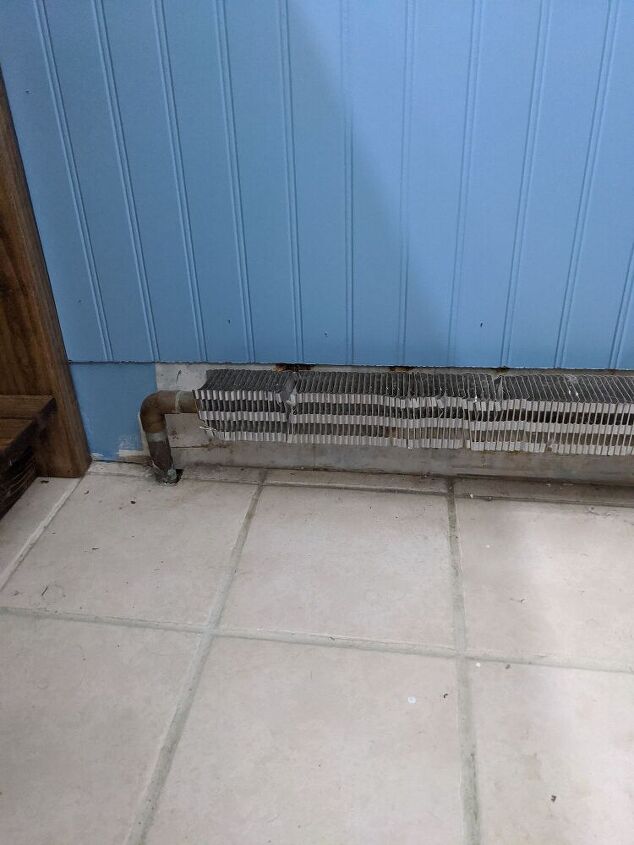






















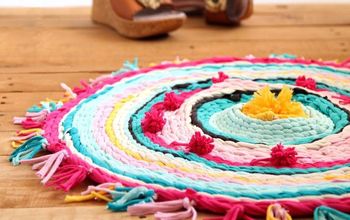
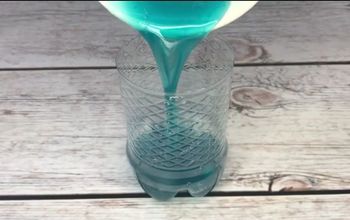



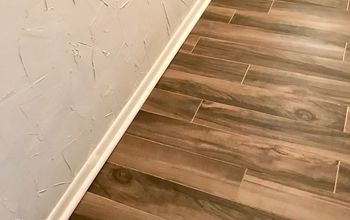
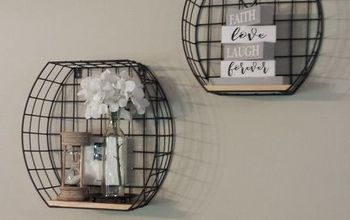
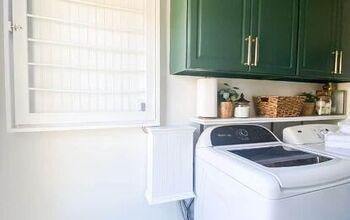
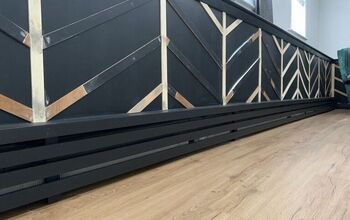
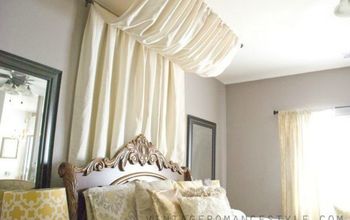
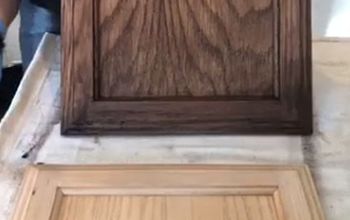
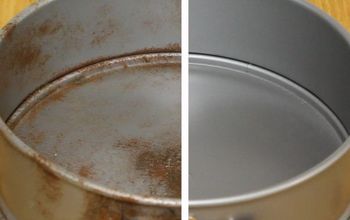
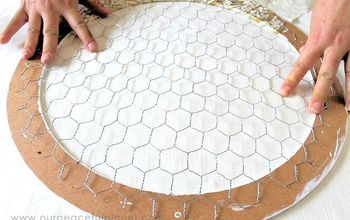
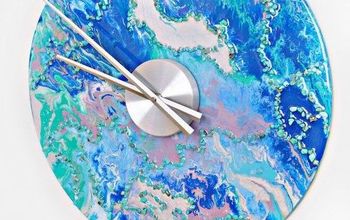
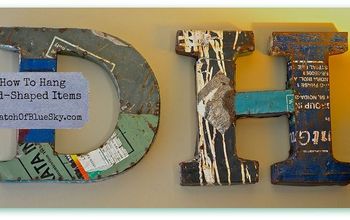
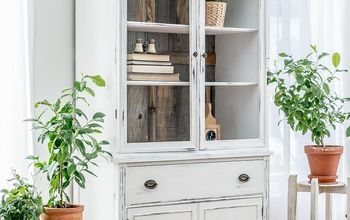
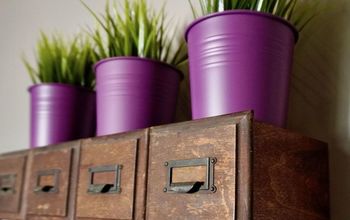
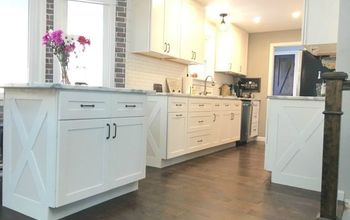

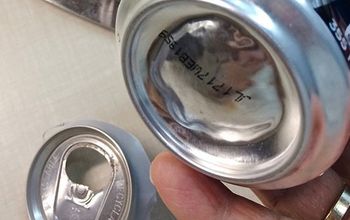
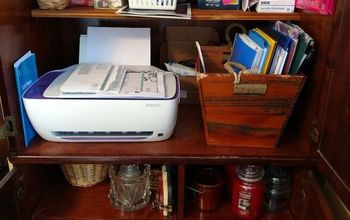
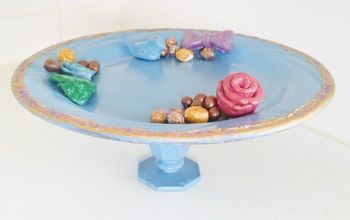
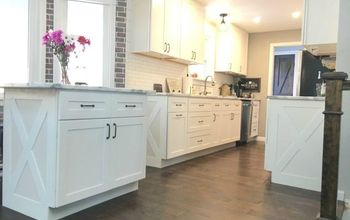
Frequently asked questions
Have a question about this project?
I wonder if you backed it with metal (the wood cover) if it would be even more efficient for heat?
How did you make your window covering?
Could you have used wood for framing and support but then used the flooring so it's easier to clean?